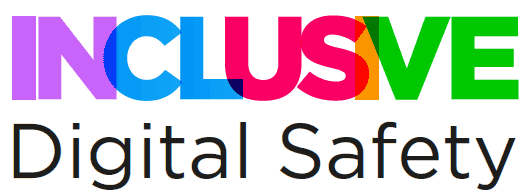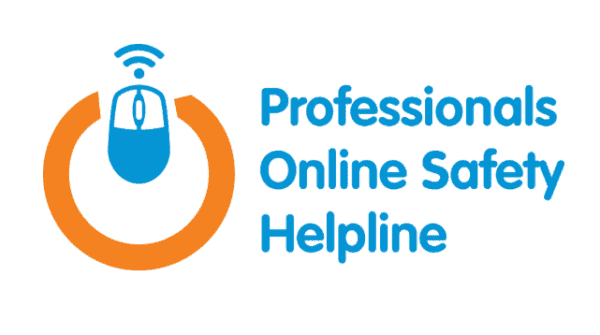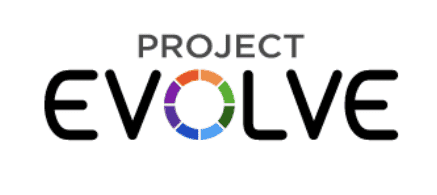Communication and Interaction (C&I)
Advice for professionals working with SEND aged 14 to 18
This SEND Index of Harms resource is for children and young people (CYP) with Communication and Interaction need. It is broken down by the strands from the Education for a Connected World Framework.









